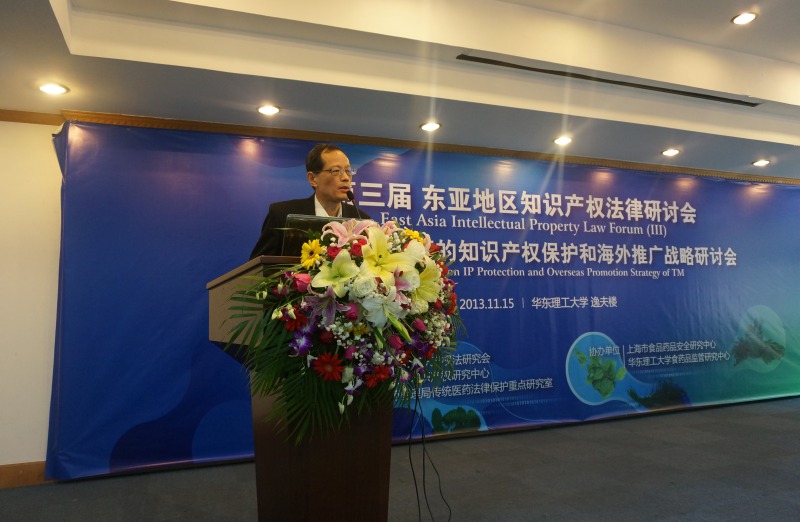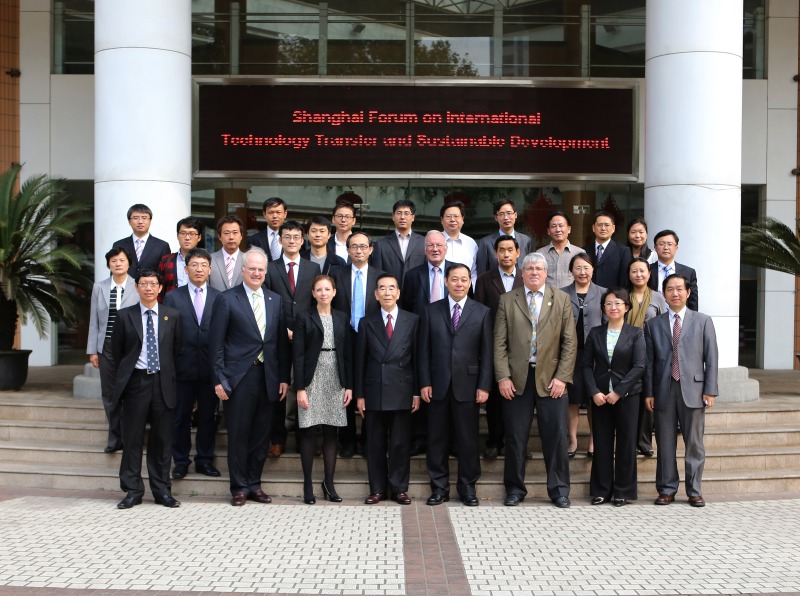Experts’ Finding of the High Production and Good Quality Gene GW7 in Rice
On July 6th, Chinese researchers published a report on Nature Genetics. They said that they had found a gene which could improve both the production and the quality of rice. Moreover, this gene could be applied to the super hybrid rice breeding.
The report said that ensuring the increase of production has been the main purpose in our rice breeding during a rather long time. However, the high-yielding rice sometimes would have low quality. So how to improve the production and quality at the same time has been essential.
The research team led by Fu Xiangdong researcher in Institute of Genetics and Developmental Biology, Chinese Academy of Sciences successfully separated and cloned an important gene GW7 which could control the rice grain shape and improve the quality of rice from good-quality rice sterile line Taifeng A.
Gene GW7 could make rice more slender by changing cell division pattern and improve the quality of rice interms of appearance and taste through reducing percentage of chalky kernel and chalky area. The opaque part in the endosperm of rice was called chalk. The starch accumulating in this part was insufficient.The rice with high chalkiness would be fluffy and hollow after cooking, which would seriously affect the quality.
Fu said that combined with previous research results, if the excellent allelic variation of related genes are polymerized and applied to the high-yielding indica rice, the quality and production of rice would be improved obviously at the same time.
Report said that the cloning of gene GW7 provided new gene which had important application value for rice molecular breeding with high production and good quality. At the same time, it provided a new clue for us to reveal the molecular mysteries of the genetic improvement of rice.
Time:2015.7.20
Source: Henan Daily
next:Revealing of the New Original Mechanism of Unique Human Genes


